#Emil Gataullin
Explore tagged Tumblr posts
Text
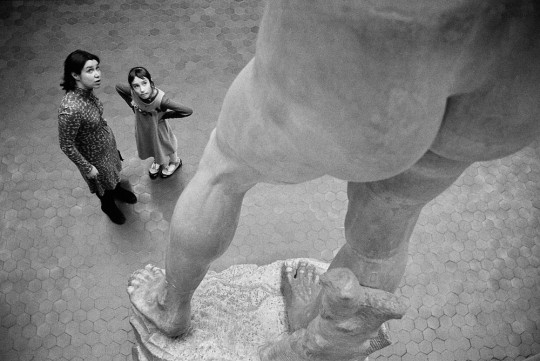
Emil Gataullin
61 notes
·
View notes
Text

Emil Gataullin
Abandoned houses in Elgen, 2015
52 notes
·
View notes
Text

______Emil Gataullin
46 notes
·
View notes
Text

Arkhangelsk region, Russia, 2011 - by Emil Gataullin (1972), Russian
126 notes
·
View notes
Text
drawing the line
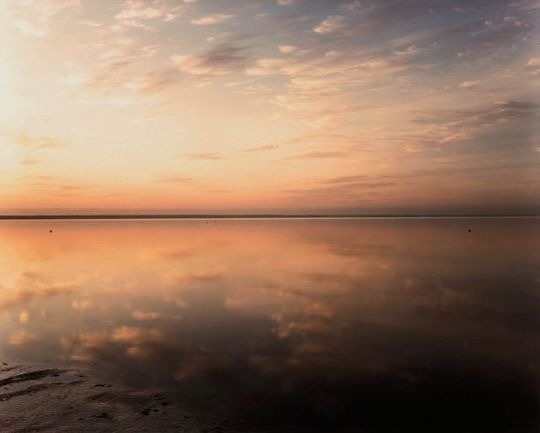
Joel Meyerowitz
::
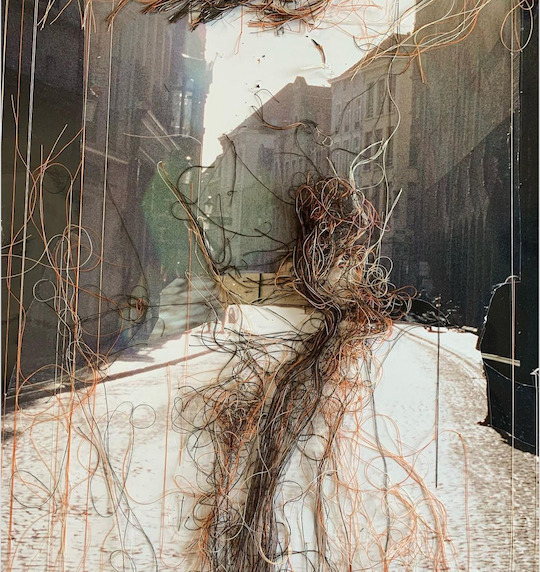
Gisoo Kim
::
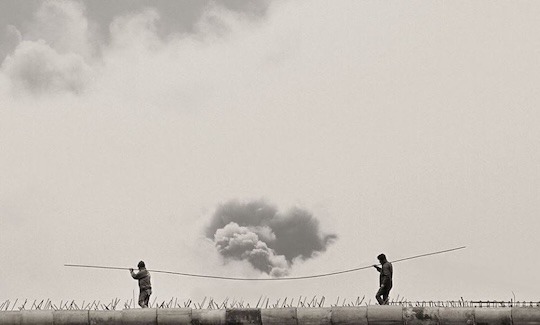
Mustafa Nodeh
::
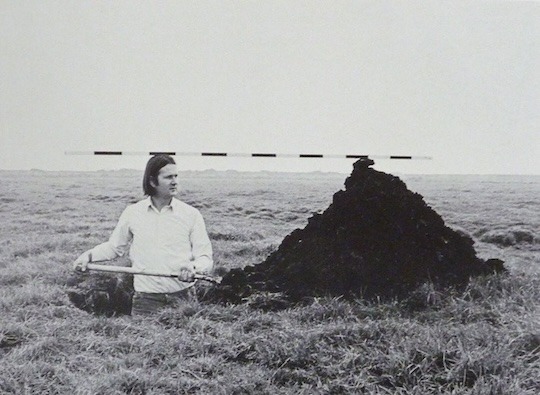
Sigurdur Gudmundsson - Rendez-vous, 1976
::

Paul Sharits - Passare III #30 20
::
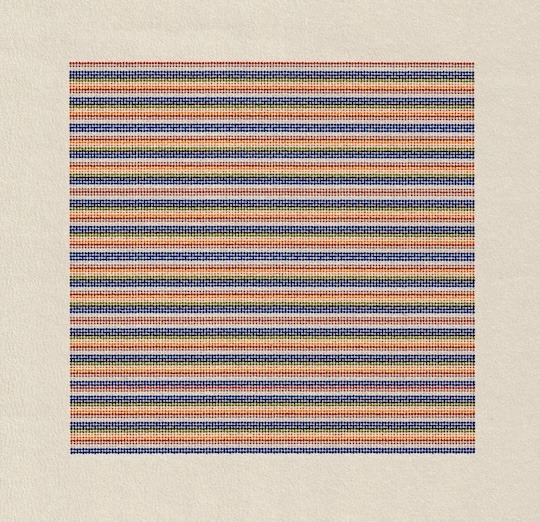
Imogen Reid - Text(ile) Variation
::

Brice Marden - Three Sisters
::
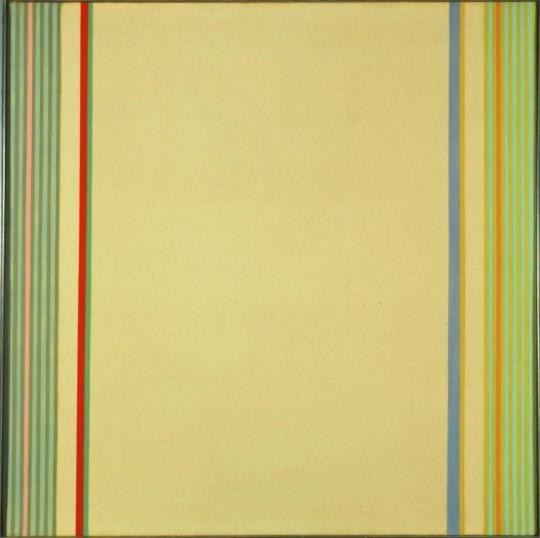
Gene Davis - Rain Dance
::
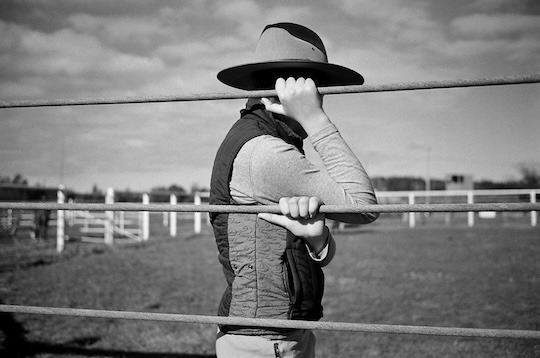
Emil Gataullin
::

unknown photographer
::
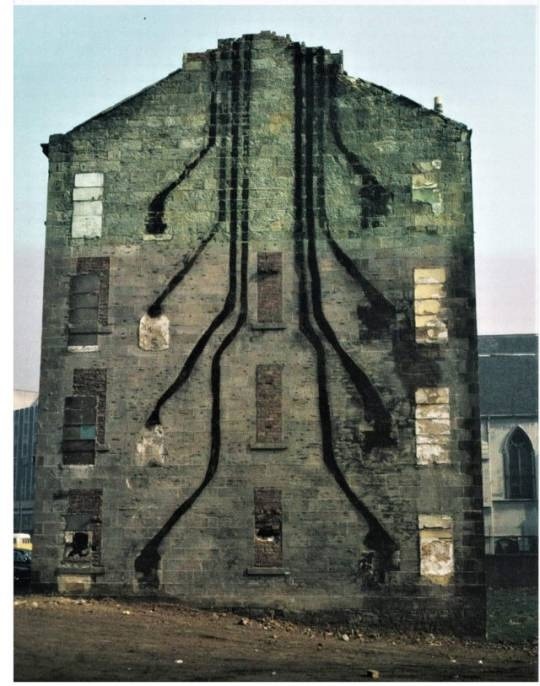
Eric Watt attribution
::
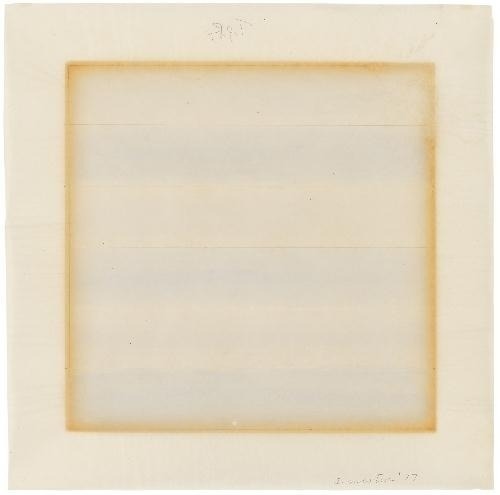
Agnes Martin - Untitled, 1977
::

Saul Steinberg
::
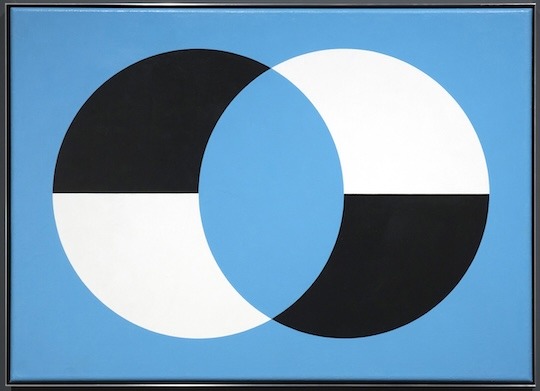
Frederick Hammersley - Couplet, #15, 1965
::
763 notes
·
View notes
Text
- Магаданская Область, Россия Ph: Emil Gataullin









5 notes
·
View notes
Text

emil gataullin
kommunikáció? egymással vagy egy mással? vagy csak olyasmi?
#artphoto #blackandwhite
0 notes
Text
Photographer Dmitry Markov died in Pskov on February 16. He was 41 years old. Markov was one of the most significant photographers in modern Russia. Not only did he chronicle everyday life in the country’s regions, but he also tried to make it better through volunteer work. Markov’s work was shown around the world, with exhibitions in Paris and New York. He took part in the advertising campaign for the iPhone 7. In fact, his smartphone was his primary camera for many years. Markov also worked as a photojournalist, including for Takie Dela and Meduza. Critic Anton Khitrov explains how the photographer gave himself a worthy artistic task — and how he brought it to fruition.
“You show the truth.” “Cowardly Russia.” “Your photos make my heart ache.” One only has to read the comments on Dmitry Markov’s Instagram to be convinced. The documentary photographer, who captured provincial Russia, had a large — over 800,00 Instagram followers — and grateful audience. People commented on his interview with Yury Dud three years ago with the same appreciation.
youtube
Markov was loved as both a brilliant storyteller and an outstanding person. Having overcome drug addiction, he took up volunteer work and converted his professional success into helping people. Markov began working with community organizations in the mid-2000s. Born in Pushkino near Moscow, he moved to Pskov and worked for Rostok, a charity organization that helps children with disabilities integrate into society.
Since 2012, Markov has participated in street protests, and in 2021, after being detained at a rally in support of Alexey Navalny, he took what was probably his most viral photo: a riot policeman in a balaclava sitting under a portrait of Vladimir Putin. Markov then organized an auction on Facebook to sell the photo. He received two million rubles ($21.6k) from an anonymous buyer and transferred it all to OVD-Info and Apologia Protesta: human rights organizations that help people who are arrested at political demonstrations.

Markov continued the tradition of unofficial Soviet photography, in which life in the USSR was shown without regard for ideological objectives. His tutor was Alexander Lapin, a photographer, theorist, and pedagogue, who taught Gennady Bodrov, Igor Mukhin, Emil Gataullin and other stars of the profession, and also wrote two famous textbooks: Photography as… and Plane and Space, or Life as a Square. Markov may also have been influenced by Boris Mikhailov, the famous Soviet-Ukrainian documentary photographer who, among other things, took pictures of homeless people.
If we look further, Markov belongs to the tradition of Maxim Gorky and Vladimir Gilyarovsky, of Ilya Repin and Nikolay Yaroshenko — to the artistic tradition in which art claims to be a truthful reflection of society and seeks to make invisible people visible.
Markov's main platform was Instagram, and his main tool was his smartphone. In 2013, he took part in a project by American David Alan Harvey called Burn Diary. For one week, Markov ran an Instagram account with the same name. According to the rules of the project, only photos taken on a phone could be published — and only on the day they were taken. Markov adopted the same principles for his own account. In an interview with Afisha Daily, he said that a photographer with professional equipment is less trustworthy than a photographer with a smartphone. It’s hard not to see the decision as a conceptual gesture: smartphones and social networks are tools of demonstrative consumption, but Markov uses them to show a life that’s as far from glossy as possible.
How are Markov’s images organized? First of all, they refer to the viewers’ cultural experience. The color palette is like that of an old Russian painting: for example, the frescoes of Dionisy in the Ferapontov Monastery. The composition often resembles a theatrical mise-en-scène: in the background �� plain decoration, in the foreground — “actors” who move along the screen, as if from one stage entrance to the other, appearing and disappearing again. His characters often appear in a frame that resembles the frame of a painting or a stage entrance. Individual scenes call to mind Pieter Bruegel the Elder's “Hunters in the Snow,” a Renaissance portrait, or Alexander Deyneka's “Future Pilots.” Thus, Markov defends the place of his subjects in culture: provincial schoolchildren, laborers, commuters, and regulars at the city bathhouse — insisting that any person is worthy of our attention along with the subjects of globally recognized masterpieces.




Markov’s focus was often was the contrast between the official and the private, the artificial and the natural, the planned and the accidental. Komsomol teenagers walking near a monument to the first builders. Children relaxing under a statue of Lenin’s head in Ulan-Ude. A cat in a window squinting at a Russian flag. In the composition of the frame, state-approved symbols and living beings always balance each other out: in the world that Markov shows, at least the narratives of power are not omnipotent.
Markov’s creative strategy, which could be called alternative or protest patriotism, was in high demand. It unites the photographer with other cult heroes of Russian art, such as the artist Nikolay Polissky or director Kirill Serebrennikov, who has collaborated with Markov. The essence of this strategy is the search for a Russian identity that is different from the one offered to society by the authorities.
These artists are trying to strengthen the emotional bond between Russians and their country, even though propaganda has done everything possible to destroy it. The Nikola-Lenivets art park founded by Polissky redefines the image of the Russian village: not as a sanctuary of traditional morality, but as a space of play, irony and creativity. Serebrennikov’s Gogol Center, which was closed in 2022, fought for a progressive image of domestic classics, which propaganda treats as another instrument of Russian superiority. Markov spoke about the people hidden behind the “the people” of ideology — and gave the audience a chance to feel solidarity with a vendor at a clothing market, a pensioner from a district center, a rural chauffeur. He had a concrete and convincing answer to the question of why art is needed in Russia today: to rebuild the bridges destroyed by the authorities.


Markov’s solidarity with his subjects was always natural for him: he grew up in small-town courtyards in Pskov, a town of 190,000, washed in a local bathhouse, and never felt out of place in the environment of his work. Despite his international profile — projects with Apple, solo exhibitions in Moscow, Paris, and New York — he felt at ease with his subjects. For Markov, it was unthinkable not to feel this solidarity.
In the last days of his life, Markov faced criticism on social media: users were upset by his sympathy for a soldier on leave who intended to return to the front. The next day, he revealed that he was helping the conscripts he knew with money. “I can’t stop loving people close to me and start hating them,” he wrote. “And I realize that I’m a legitimate target for hatred on the part of Ukrainians. I don’t know how to do the right thing in this situation.” In 2024, no one has the right answer. One thing is certain: if Markov had lived through the war, he would certainly want to work on national reconciliation.
0 notes
Text

Bychie, Arkhangelsk region, Russia, 2017 - by Emil Gataullin (1972), Russian
43 notes
·
View notes






